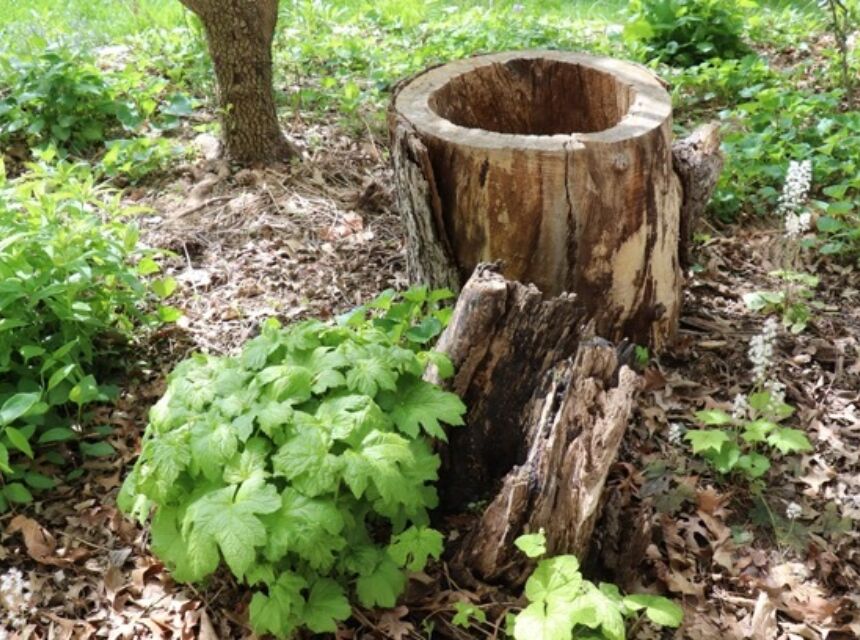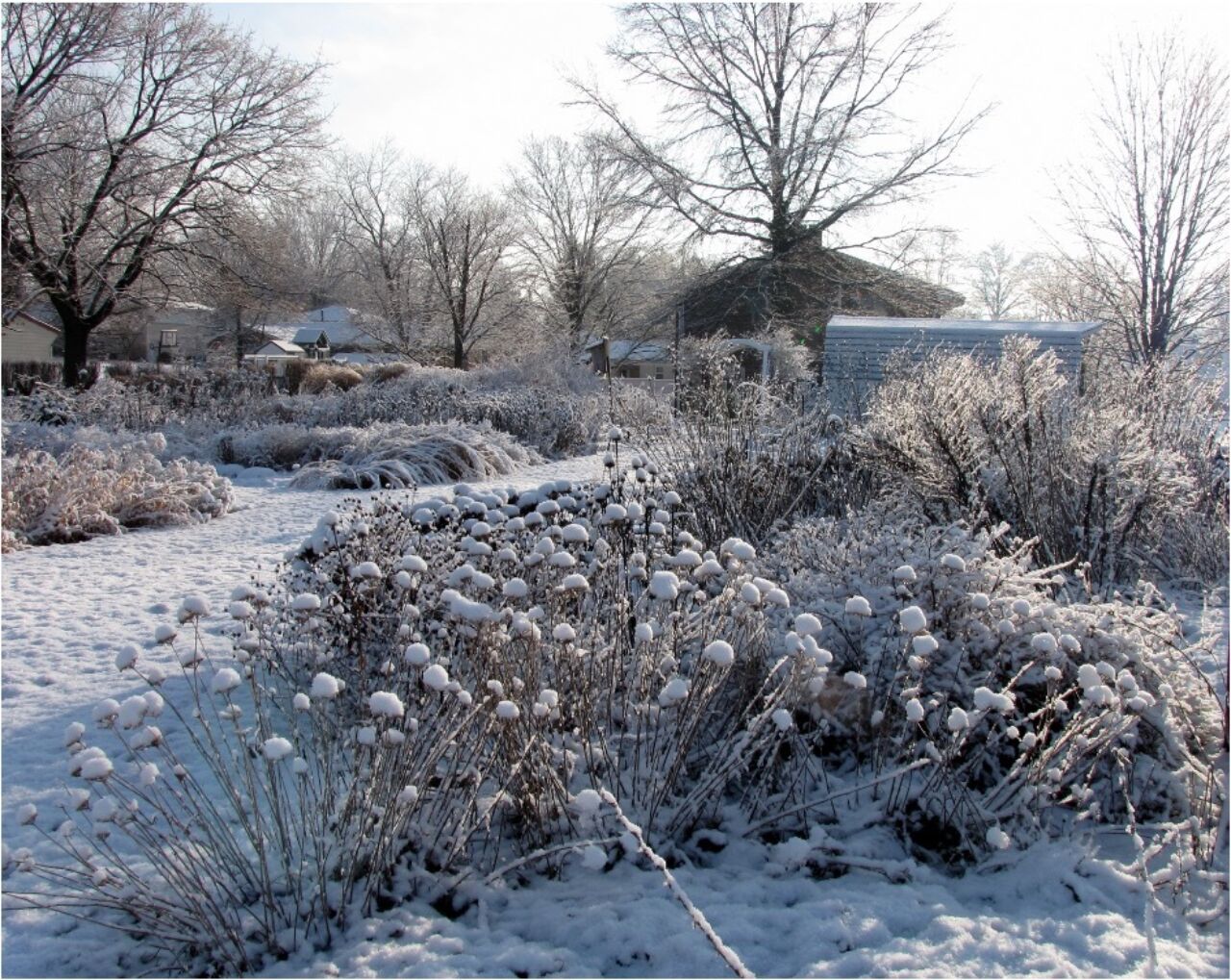
Provide shelter and nesting sites
A good way to encourage pollinating visitors to your garden is to provide nesting sites.

For certification, you will need to:
Leave garden cleanup until late spring, AND choose to provide two of the following:
- Dead wood
- Rock pile or wall
- Spaces of bare ground
- Handcrafted bee houses
Pollinators nest in many different ways.
Bumblebees and many solitary bees nest in the ground and need open patches of bare soil. Dead wood provides nesting areas for a variety of pollinators such as some bees, wasps, beetles and ants. Plant native, hollow-stemmed perennials or provide brush piles to attract bees that nest in twigs. Many solitary bees will nest in the pith of stems and twigs.
Overwintering Sites
Pollinators need protection for overwintering, so instead of cleaning up your gardens in the fall, wait until late spring. Perennials and grasses left standing will provide shelter and will give winter interest to your garden.

